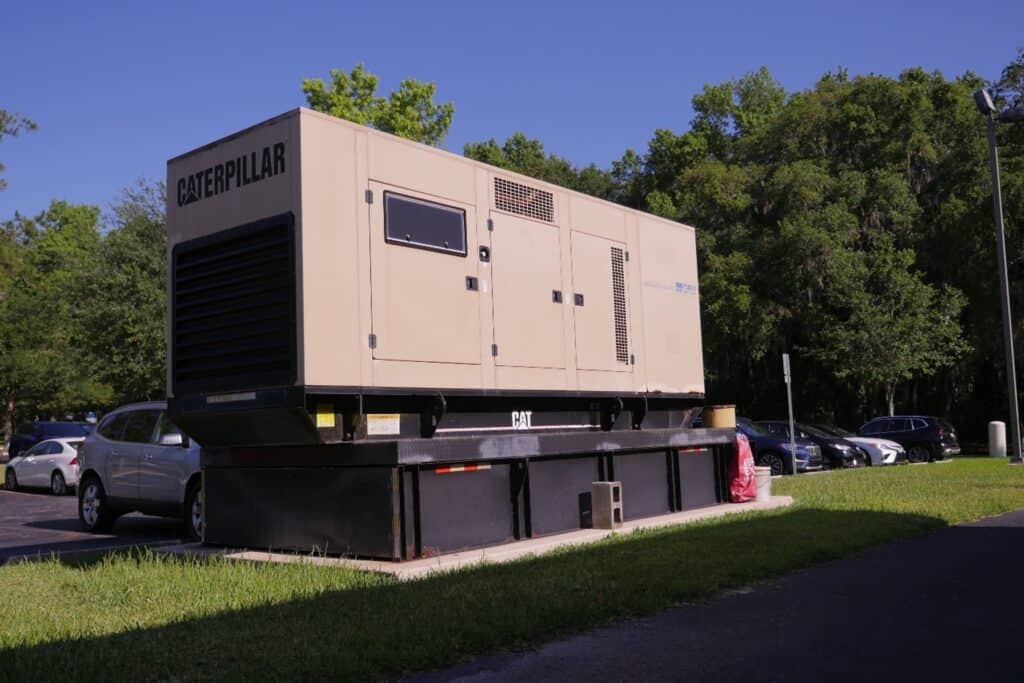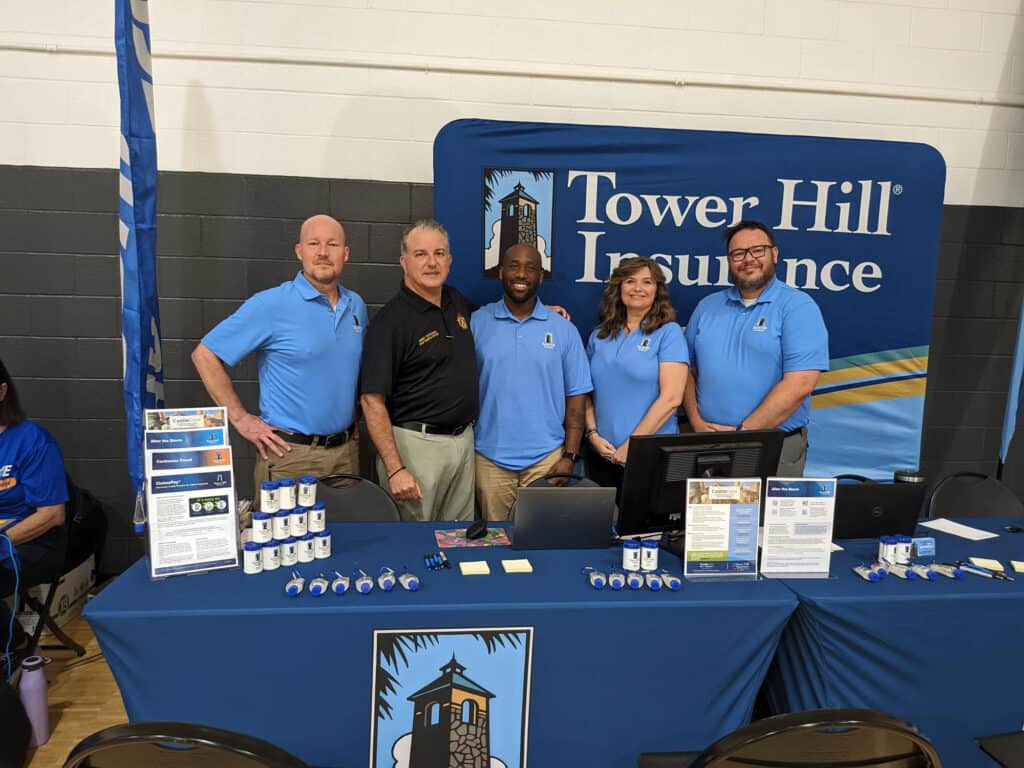Here are just a few ways we stay committed to our members, policyholders, and agents before, during, and after the storm.

Before the Storm
While our Claims department leads our efforts, our ongoing commitment to preparation and planning requires input and support from every department.
“While the Claims Department maintains the plan, it is the whole company that executes the plan.”
Patricia Walker Vice President, Field Claims
Most of Tower Hill’s 500+ employees are trained to take claims over the phone and are added to our FNOL (First Notice of Loss) telephone queues, should the need arise. With that company-wide participation, we have the resources to support tens of thousands of claims per event.
In addition, Tower Hill maintains more than 20 catastrophe contracts that offer additional FNOL support and independent adjusters to supplement our in-house teams, and Bluegrass Insurance Management, a Tower Hill affiliate, is being expanded to further support our members’ needs.
When the storm’s impact becomes imminent, Tower Hill uses various forecasting technologies and tools to identify which of our customers will likely be affected, and we send our members, policyholders, and agents timely messaging across multiple communication channels regarding storm preparation, how to report a claim, and how to stay safe after the storm.
Our dedication to catastrophe response is shown in the role of Chad Trosper, Tower Hill’s Assistant Vice President of Catastrophe Claims. Chad’s sole mission year-round is to work with every department to make sure Tower Hill’s catastrophe response runs smoothly and efficiently.
During the Storm

A massive 300kW diesel standby generator sits outside Tower Hill’s headquarters in Gainesville, Florida.
As the storm makes landfall, Tower Hill employees remain busy monitoring the storm, getting ample staff in place, preparing response teams, and ensuring post-storm communications are ready to go. If one of our office locations is in the storm’s path, Tower Hill’s infrastructure maintains considerable redundancies, such as power backup systems, multiple telecom connections, and ample remote access options to keep operations running without interruption.
After the Storm
Once a storm passes, our Claims department is committed to the best possible service for our members and agents to ensure that all claims are handled in a fair, accurate, and timely way. As an example, Tower Hill has made significant efforts to improve and expand upon the remote sites we often deploy after a storm.
Remote sites, also known as Catastrophe (CAT) Sites or Villages, are temporary offices established and staffed by Tower Hill employees in the areas most affected by the event, so members and policyholders have a local place where they can file a claim and receive assistance with existing claims.

Florida CFO Jimmy Patronis with members of the Tower Hill CAT Response Team at the Helene Insurance Village in Clearwater, Florida (October 4, 2024)
Thanks to a large number of volunteer employees who staff the sites, Tower Hill’s turnkey model allows us to have four Catastrophe Response teams ready to deploy to a catastrophic event 365 days a year. Tower Hill also leverages a number of technologies that continue to improve our members’ claim experience, including advanced aerial imagery and post-storm analysis tools that assess damage quickly, safely, and efficiently. Impacted members and policyholders also receive personalized links to Tower Hill’s claim reporting system via text message and email, which allow them to report their claim without needing to have their policy information.
And finally, Tower Hill offers a credentialed contractor network program, CastleCare, powered by Alacrity. CastleCare assists members 24/7 with temporary emergency repairs to prevent further damage, such as tarping roofs, water extraction, tree removal, and window board-up. CastleCare is also available for post-storm repairs and rebuilding.
Tower Hill’s modern, team-focused approach means we are constantly seeking calibration and lessons learned to improve our processes for the next storm season. While everyone in our company plays a role in responding to a catastrophic event, each member can play a role as well, by maintaining their home, keeping trees trimmed on their property, and performing all the necessary precautions to prepare for a catastrophic event.